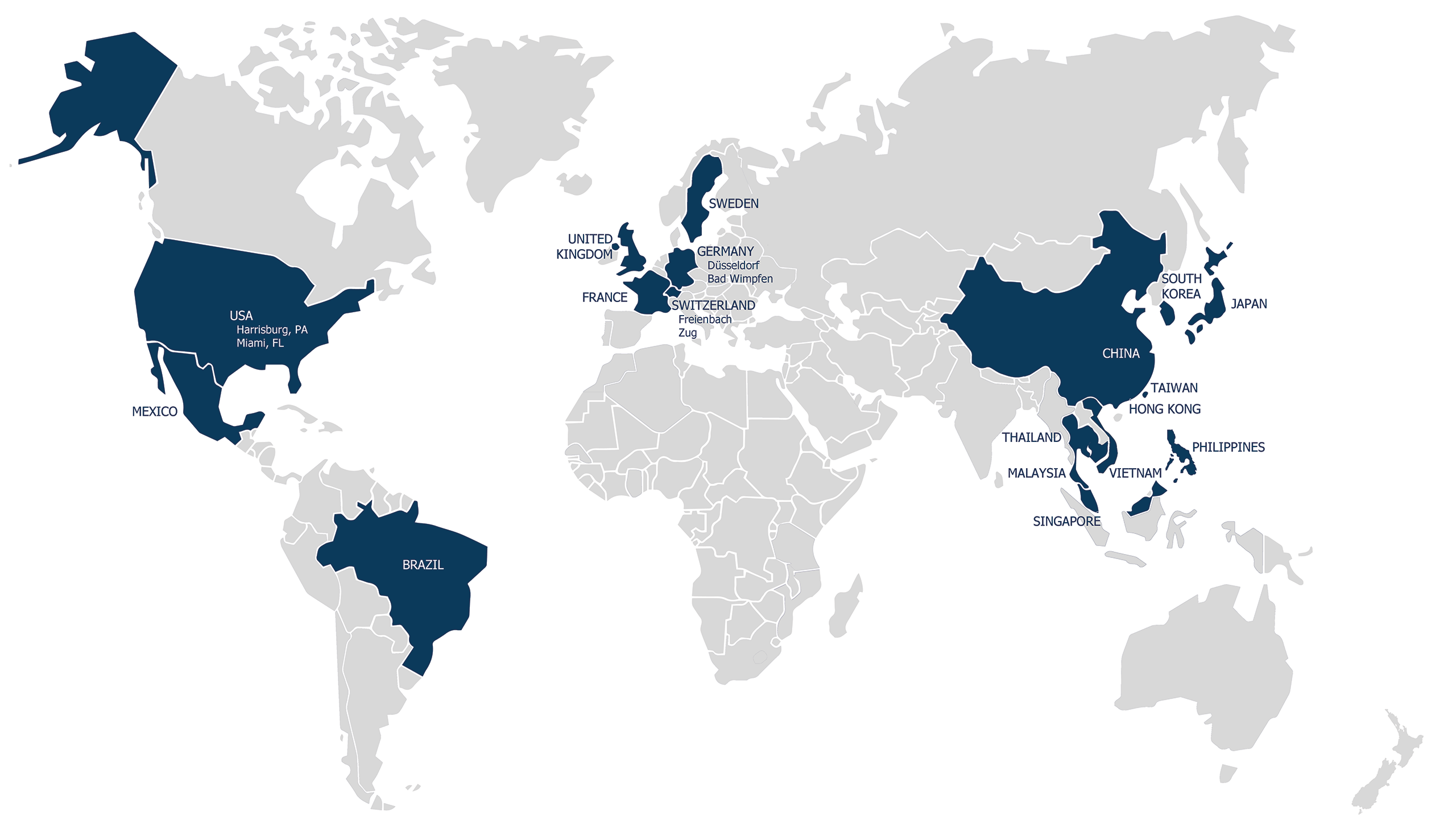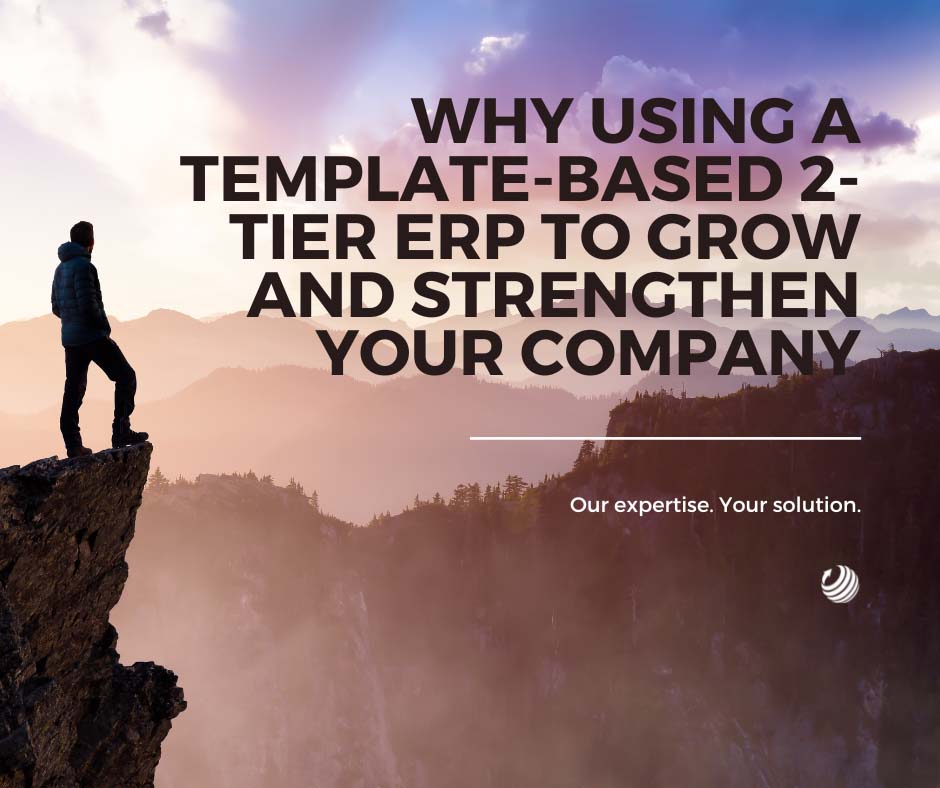Table of Contents
CloseNowadays, several multinational companies are struggling to achieve higher margins and create greater value for customers in this unique cutthroat environment. Often, they might lack consistency and insight into their business. Hence, it is of the utmost importance for growing organizations to retain competitive advantage by investing in a standardized template-based 2-tier ERP architecture. In this blog, you will discover why a template-based approach would best complete your current 2-tier ERP strategy. Then, we’ll share real-life feedback from one of our largest customers, in order to give you some depth on this topic. For now, sit back, grab a cup of coffee, and enjoy your read.
Why is a Template-Based Approach a Must for Your 2-Tier ERP Strategy?
Systematizing daily operations is crucial. Indeed, a small error may have huge consequences and a long-lasting impact on your business regardless of the size of your company. More often than not, templates are used daily to simplify and standardize work with the aim to reduce errors. In this spirit, template employment within a 2-tier ERP strategy means international companies facilitating complex workflow, and sharing data company-wide. Thanks to standardized master data, managers now have real-time information at their fingertips and are able to handle the routine core business functions in a simpler, strategic way. Meanwhile, functional team members are performing efficiently, knowing exactly what to do and when on account of the insightful data shared in the master database. From a higher level, like a strategic global business perspective, organizations are able to obtain a noteworthy understanding of the system when the data is being managed in a steady manner. This valuable information is the key ingredient for leaders to make a crucial business decisions. For instance, with this 2-tier template in place, a procurement team could easily look at the data and define from it the number of raw materials needed from a supplier. Those simplified purchases don’t only allow to avoid an overstock or understock situation, but they save cost and resources such as warehouse space and logistic manpower in the long run.
Dive into LORD’s Experience with Template-Based 2-Tier Integration
LORD is a global, diversified technology and manufacturing company. It became one of our clients long before it entered the PARKER Group, a few years back, and is to this day one of our oldest customers. They were in need of a single global SAP implementation partner, with country-specific knowledge, in order to streamline their processes through a template-based, 2-tier ERP strategy. Consistency in business and processes is at the heart of their concerns, and we helped them address this issue with SAP Business One, an ideal software for multinationals working with two-tier intent. SAP B1 simplified their daily operation and made it easier to manage their ten entities in Asia. The 2-tier template strategy has effectively improved the collaboration between those subsidiaries, but also between different regions. With the entire organization using the same process and labeling, it makes it like everyone is speaking the same language and fully understanding each other. The template standardization has helped LORD to communicate better within the organization and created synergy amongst their team members. Meanwhile, Eddy Chan - Head of IT at LORD PARKER Asia Pacific, mentioned that the company has gained great benefit since SAP Business One was implemented, following our patented 2-tier methodology.
Growing companies maintain a competitive advantage by investing in a two-tier ERP architecture based on standardized models.
What is Enterprise Resource Planning (ERP) and Why Do You Need it?
ERP is the integrated management of business processes. It helps organizations to run all aspects of their trade, from beginning to end. It improves communication between departments, provides a single, collaborative source of information, and seamless real-time data reporting. Moreover, it reduces man-made mistakes, therefore saving time and money.
Final Words
Global business transformation is fueled by technology and information processing power in today’s rapidly changing business environment. As Confucius once said, “If a craftsman wants to do good work, he must first sharpen his tools.” Hence, make sure your organization is well-equipped with a two-tier strategy ERP and collaborate with a team of international SAP implementation experts before starting the expedition to penetrate the international market. Contact us right now and discover the best-fit solution for your business needs.
The Experts
Thank You for Your Interest!
Our team will be in touch with you as soon as possible to discuss your needs and how we can help.
In the meantime, please feel free to explore our website or contact us again if you have any further questions.
You won’t want to miss be one solutions‘ next webinar. Add your email address to be notified :
Please select your language
Welcome on be one solutions‘ websites.
Please select your language.






